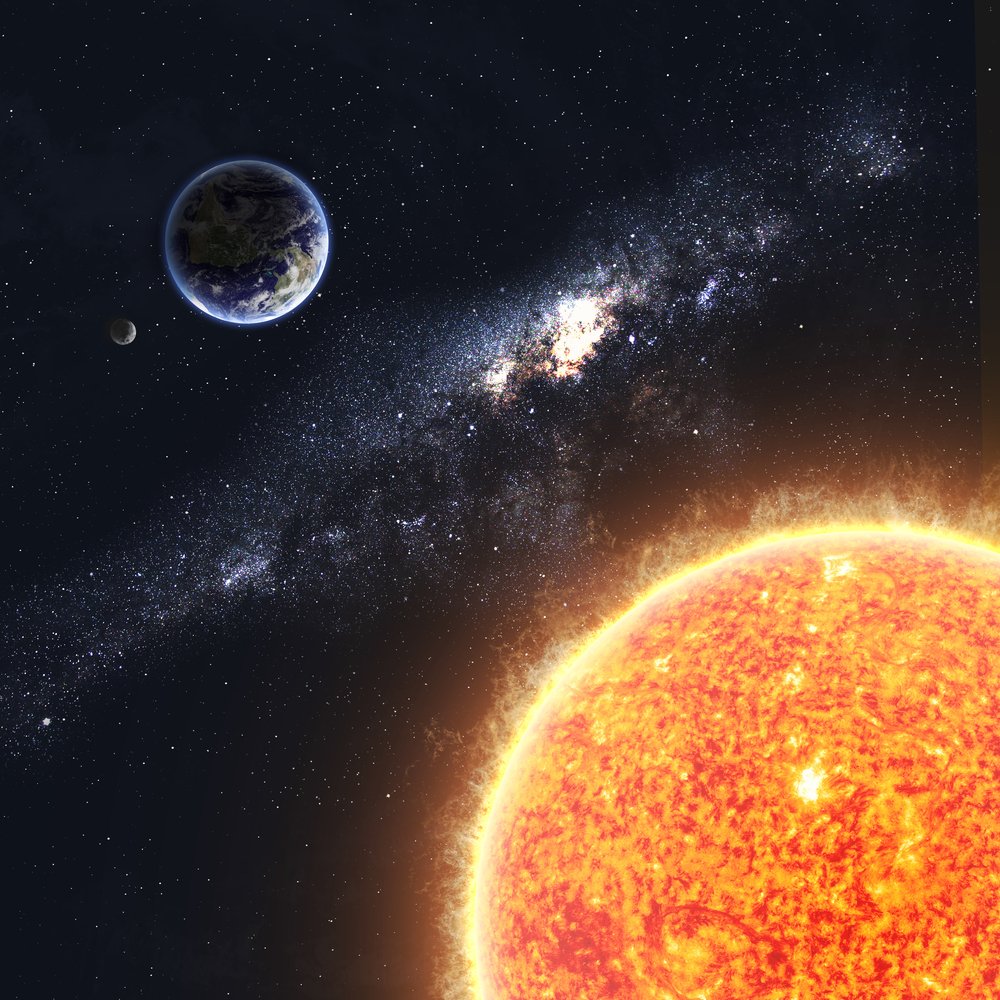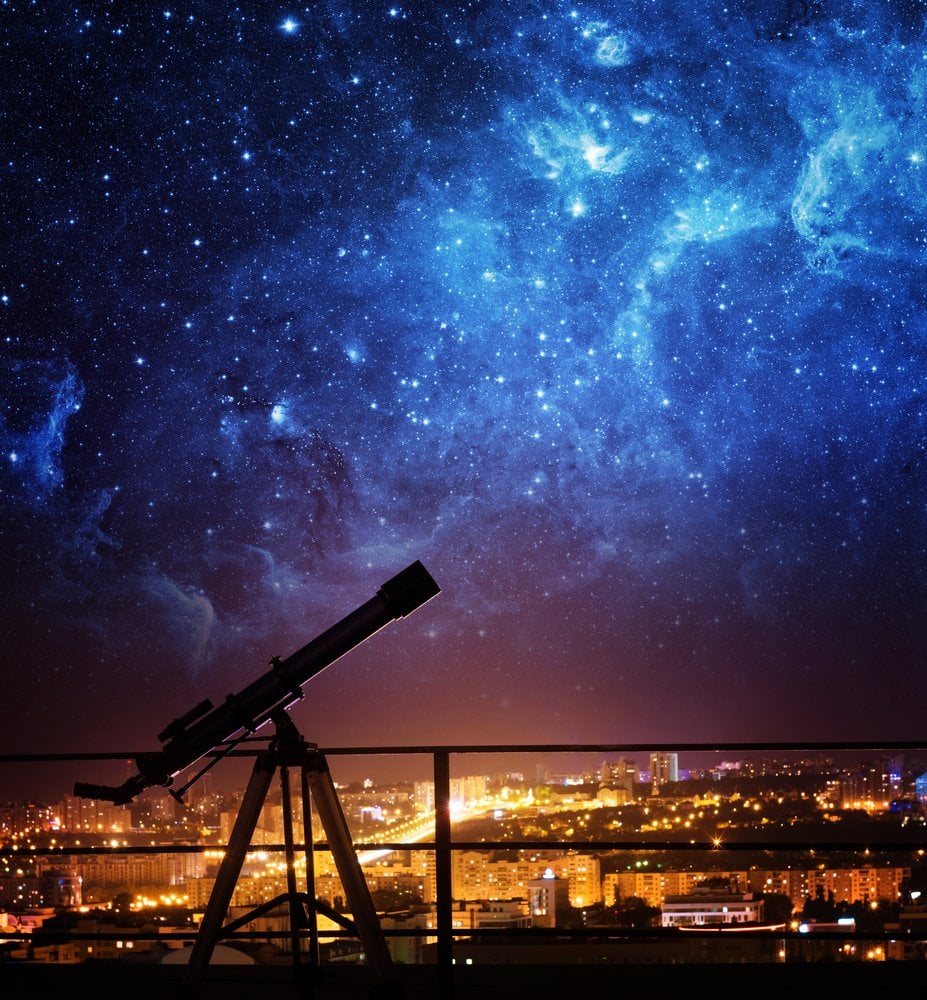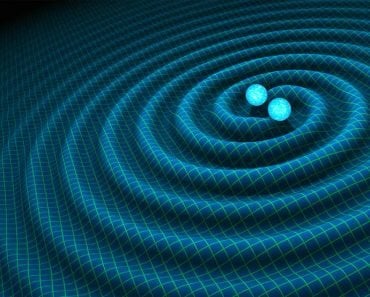Table of Contents (click to expand)
The sun is 150 million kilometers away from Earth, and it takes light rays from the sun 8 minutes to reach Earth. When you are looking at the Sun, you are looking at what the Sun looked like 8 minutes ago. When you look at a celestial body 5 light years away through a telescope, you are looking at how that celestial body appeared 5 years ago.
Time travel has fascinated us for generations, and we see it in movies, television shows, and popular fiction dating back centuries. Who isn’t intrigued by the idea of hopping into some state-of-the-art machines that can shoot you back to your favorite memory as a child, except it isn’t really a memory at all, but the real event taking place right in front of your eyes? What if you could travel to the future to see what has become of you and the people you love? The possibilities are simply too fantastic and mind-boggling to consider. As appealing as the concept is, it is also quite confusing at times, thanks to the Theory of Relativity, which was put forth by the great German scientist, Albert Einstein.
Now, what would you say if I told you that you time-traveled every day?
Recommended Video for you:
The Sun And The Speed Of Light
Now, I don’t mean that you’re jumping in some time-traveling car and zooming into the past or future; no, there is a very different kind of time travel that you experience every day (or at least night) of your life. Let me tell you a bit more about how this works.

Light travels at 300,000 kilometers per second. That is inconceivably fast – faster than most people can even comprehend. This extreme speed is the reason you don’t have to wait for the light to appear when you switch on a bulb in your room; as soon as the bulb is on, light fills the room. In other words, you never have to ‘wait’ for light to reach you.
However, this is not the case with our sun. The Sun is awfully far away from Earth – approximately 150 million kilometers away, to be more specific! Light rays from the Sun have to cover this distance before they reach the Earth to sun our skin and light our skies. It turns out that this journey (of light rays) takes 8 minutes. Simply put, despite it’s extreme speed, light from the sun still takes 8 minutes to reach our planet.
How Does This Relate To Time Travel?
Consider this: when you are looking at the Sun (although you shouldn’t look at it directly!) you are not actually looking at the present moment. Instead, you are looking at what the Sun looked like 8 minutes ago. As explained above, this is because those same light rays from the Sun that are striking your eye took 8 minutes to reach Earth. In other words, by the time those rays reached us, we had already advanced 8 minutes into the future!
You could make your friends residing on the Sun a lot richer by helping them place bets on sporting events, if only you had friends on the Sun, of course!

Looking Through A Telescope
Things become much more interesting when you put a telescope between your eyes and the celestial bodies above us. Suppose that you look at a celestial body that is 5 light years away from Earth (1 light year is equal to 6 million million miles, approximately). What are you looking at in that case? Surprising as this might sound, you are looking at how that celestial body appeared 5 years ago! Pretty cool, huh?
There are many stars and celestial bodies that are very, very far away from us. Therefore, when we look at them through a telescope, or even with our naked eyes (the stars that we see at night), we are actually looking into the past – more specifically, their past!
And all this time, you’ve been craving that DeLorean from Back to the Future, when all you needed to do was look up and embrace a bit of wonder!













